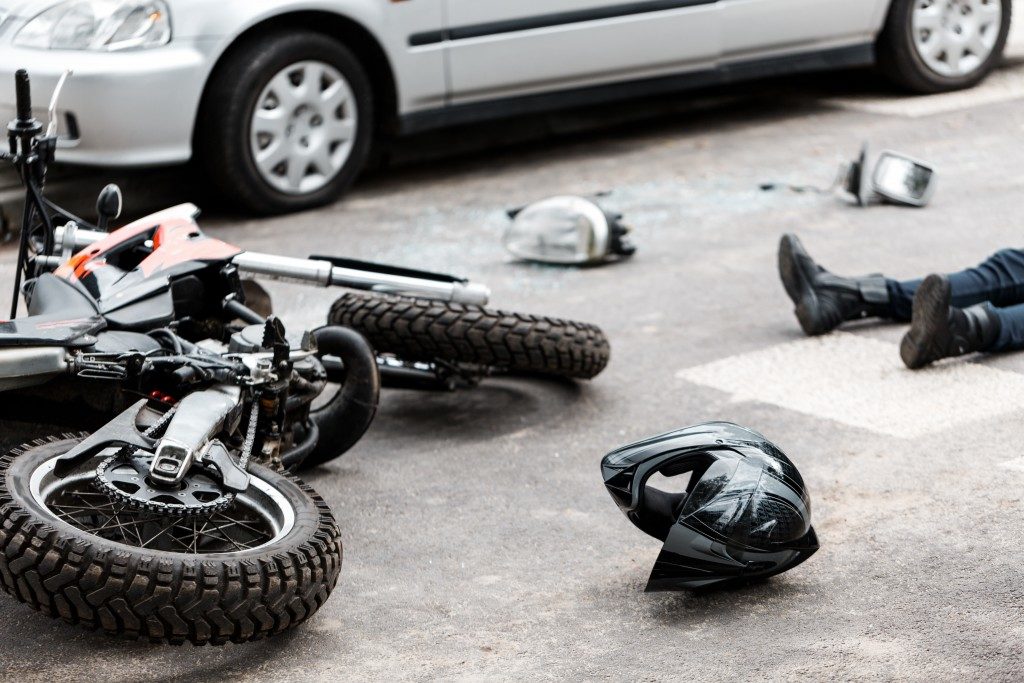The question of who would be liable if a person gets into an accident with an Uber or a Lyft vehicle is commonly asked by passengers, and possibly even by the ride-hailing vehicle drivers themselves. One may assume straightaway that the company, in this case, Uber or Lyft, will automatically be liable for the damages their vehicles have caused. However, it turns out that determining liability in this scenario has some complexities.
Car Insurance and Liability Coverage
Unlike taxis, the vehicles used in Uber and Lyft aren’t the company’s property, but of their drivers, meaning it counts as personal property and not a commercial one. If the owner of the car has car insurance, the insurance company can cover for the accidents the owner has been involved in. But it isn’t that simple if the car was used for Uber or Lyft.
Why is it so? It’s because the driver’s personal insurance coverage specifies that the driver will only use their vehicle for personal purposes, and not for business. Therefore, the insurance company will refuse to cover for any damages if an Uber or a Lyft driver gets into an accident.
Uber, however, offers supplemental insurance for their drivers. Its purpose is to aid the passengers who have gotten into an accident. But passengers should take note that the supplemental insurance will only be applicable if the driver is active on the Uber app when the accident took place.

Lyft might also provide liability coverage for their drivers. Their policies are closely similar to that of Uber’s, and the amount of coverage that can be claimed depends on the “period” the vehicle was in during the accident. The classification of periods are as follows:
- Period 0 – the driver isn’t logged on the app. No coverage will be provided.
- Period 1 – the driver is logged on to the app but hasn’t accepted any passenger yet. The company may provide up to $50,000 to each injured person due to the accident, and $25,000 liability for damaged property. The total injury liability per accident amounts to $100,000.
- Period 2 – the driver has accepted a passenger request and was on the way to pick up the passenger. Up to $1 million coverage may be provided by the company.
- Period 3 – the ride has reached its end and the passenger has been dropped off. The coverage may be up to $1 million, with an added compensation for the driver’s damaged car and for any driver who isn’t insured.
How to Hold a Ride-Hailing Company Liable
If you’ve gotten into an accident while riding an Uber, or if an Uber driver has crashed into your vehicle, expect obstacles as you settle the issue. Uber has a reputation to protect, so as much as possible, they’ll find all reasons to refuse coverage for the damages incurred by their drivers. This leaves the injured party no choice but to pay for their treatment, even if the Uber driver was at fault. The same can be said for Lyft.
To avoid this unfortunate scenario, the help of a skillful LA-based Uber accident lawyer or a car accident lawyer from any other area is crucial. After the accident, be sure to take photos of the scene from as many angles as you can, get names and contact information of the people involved, including witnesses, and find out if the driver is covered by insurance. If so, ask them details about their policy.
Alert the police immediately after the accident. The police report will be critical during the investigation process. You’d also need testimonies and statements from witnesses and from the doctor who mended your injuries. The pieces of evidence will be studied by your lawyer, and once the ride-hailing company is proven liable, your lawyer will ensure that you’d receive compensation.
Prioritize your safety while riding an Uber or a Lyft, and while you’re driving; wear your seatbelt and drive defensively. This will help you avoid hazards and financial problems in the future.



